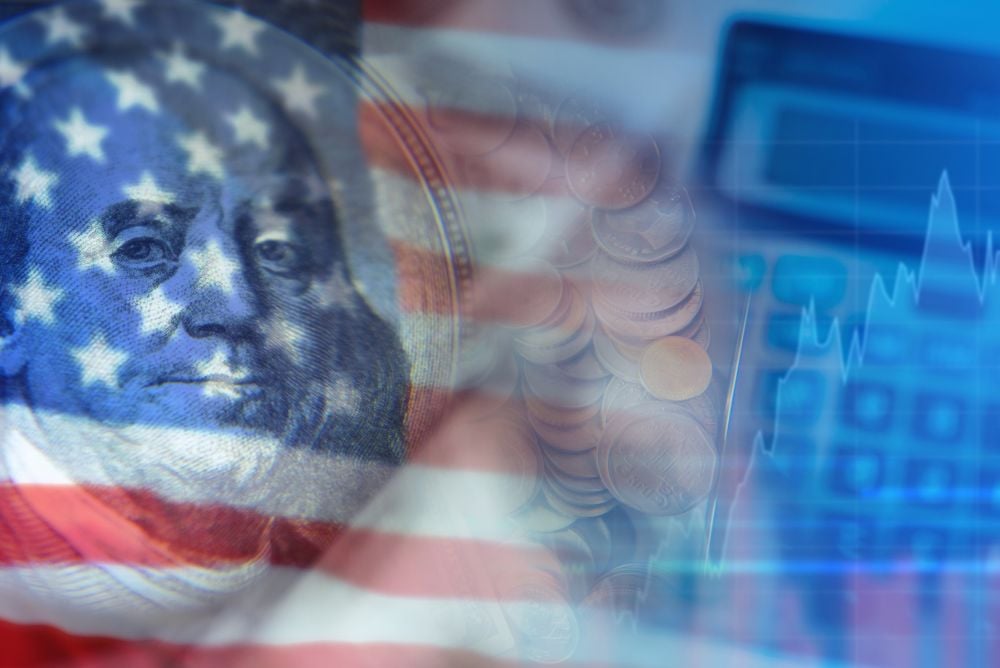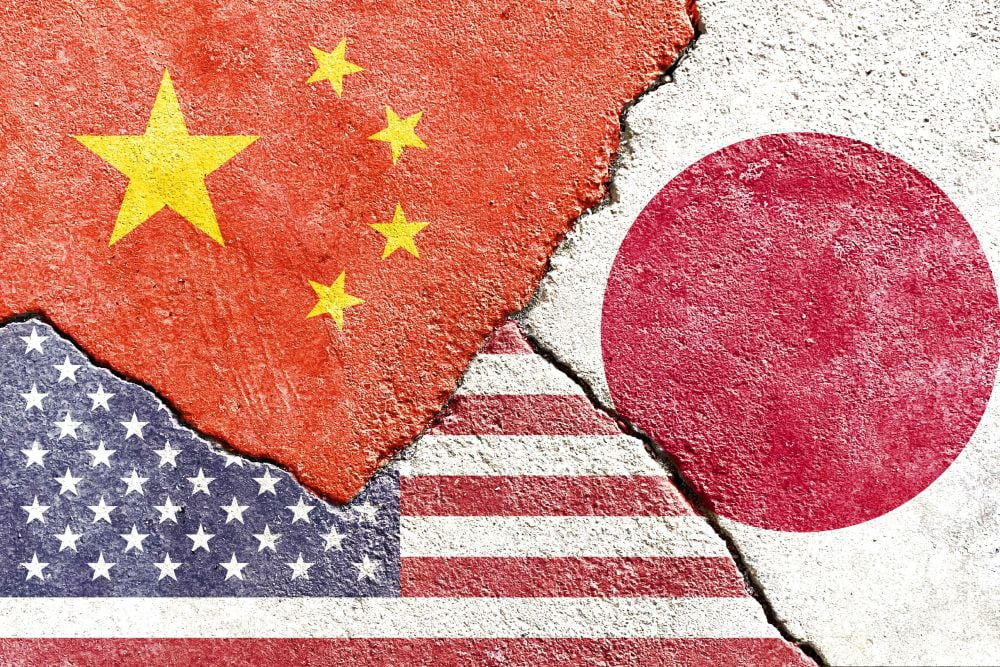 |
|
After a tumultuous Year of the Horse, we can only wish that the Year of the Goat brings a much calmer trading environment for those looking to take a punt on currency investing. Not only is it predicted that The Year of the Goat will restore peace to the Asian markets, it is also expected to bring a period of mending, signalling consolidation. Hopefully, this is the backdrop for many popular Asian currency trades.
In particular, we are bullish on the US dollar while Asian central bankers are likely to hold off on any significant policy changes or rate hikes. We remain bearish on Malaysian ringgit and Singapore dollar and see them depreciating against the rising US currency. For those that held up, we see a strong case for the Chinese yuan, India rupee, Philippine peso and Taiwanese dollar, which we expect to do relatively well in the Year of the Goat, due to strong fundamentals and less uncertainties on the horizon.
NAB predictions snapshot:
|
Bulls
|
US dollar against Asian currencies, Korean won
|
|
Bears
|
Malaysian ringgit, Singapore dollar
|
|
Goats
|
Chinese yuan, India rupee, Philippine peso, Taiwanese dollar
|
As well as being the Year of the Goat, this year’s astrological calendar points to the yin wood element, whose special quality is being able to survive a harsh environment, despite being fragile. We will see this characteristic playing out in some of the traditionally weaker developing Asian currencies which will be able to weather the volatility of the next year, currencies such as the India rupee, Philippine peso and Taiwanese dollar, which have held up despite the US dollar’s strength.
The Goat is symbolized in the Chinese zodiac as having characteristics including a calm and gentle nature, often preferring the quieter side of life. This certainly comes into play for those that are putting capital to work in Asian currencies. For example, it will be more important for decision-makers, such as central bankers, to negotiate more calmly and look for longer-term solutions when resolving problems, as in quick fixes in the Year of the Goat will cause more problems in the long run.
We expect to see this long-term thinking to play out in the US dollar in the Year of the Goat. While the return from 10-year US treasury bonds dipped below 2%, we expect the central bank system in the US, otherwise known as the Fed, to take a longer term view to hiking up rates, especially given the volatility in the Eurozone region.
Whilst in China, authorities are concerned about the pace of growth and an ongoing slow-down, we would expect the economy to remain stable. This is evidenced by the government’s commitment to reform and the liberalization of the market. Policy makers have shown a strong desire to stabilise the Chinese yuan as it continues to internationalise the currency and we expect an uptake of, at least, a continuation, if not an expansion of, these moves in the Year of the Goat.
No doubt this year will see a continuation of the uncertainty and volatility that plagued the end of last year, with potentially more surprises to come, but we expect that on the whole, the Year of the Goat should restore peace to Asian markets. Last year, we saw surprises from central banks across the globe such as the Swiss National Bank’s de-pegging of the franc, as well as the Bank of Canada cutting rates and Singapore’s central bank easing unexpectedly.
The crude oil price decrease was another shock to the market. Brent crude oil prices have fallen by nearly 50% in 2014, which was not helped by a perfect storm of market conditions, in particular, the surge in US shale gas demand, slower demand from Europe and China and a strong US dollar. Whilst most agree that oil price declines seem overblown, many believe that a resurgence in oil prices will be modest at best. The impact on global economies from the drop in oil prices will be felt most strongly in the “petro-states” which will be hardest hit from the point of view of their growth estimates, but also on their current account balance sheets.
Broadly speaking though, the lower oil prices could actually impact Asia’s growth positively, as it would bring down import bills and inflation, as well as providing a pseudo-buffer against future tightening of the US Fed monetary policy.
The Goat is symbolized in the Chinese zodiac as having characteristics including a calm and gentle nature, often preferring the quieter side of life. This certainly comes into play for those that are putting capital to work in Asian currencies. For example, it will be more important for decision-makers, such as central bankers, to negotiate more calmly and look for longer-term solutions when resolving problems, as in quick fixes in the Year of the Goat will cause more problems in the long run.
We expect to see this long-term thinking to play out in the US dollar in the Year of the Goat. While the return from 10-year US treasury bonds dipped below 2%, we expect the central bank system in the US, otherwise known as the Fed, to take a longer term view to hiking up rates, especially given the volatility in the Eurozone region.
Whilst in China, authorities are concerned about the pace of growth and an ongoing slow-down, we would expect the economy to remain stable. This is evidenced by the government’s commitment to reform and the liberalization of the market. Policy makers have shown a strong desire to stabilise the Chinese yuan as it continues to internationalise the currency and we expect an uptake of, at least, a continuation, if not an expansion of, these moves in the Year of the Goat.
No doubt this year will see a continuation of the uncertainty and volatility that plagued the end of last year, with potentially more surprises to come, but we expect that on the whole, the Year of the Goat should restore peace to Asian markets. Last year, we saw surprises from central banks across the globe such as the Swiss National Bank’s de-pegging of the franc, as well as the Bank of Canada cutting rates and Singapore’s central bank easing unexpectedly.
The crude oil price decrease was another shock to the market. Brent crude oil prices have fallen by nearly 50% in 2014, which was not helped by a perfect storm of market conditions, in particular, the surge in US shale gas demand, slower demand from Europe and China and a strong US dollar. Whilst most agree that oil price declines seem overblown, many believe that a resurgence in oil prices will be modest at best. The impact on global economies from the drop in oil prices will be felt most strongly in the “petro-states” which will be hardest hit from the point of view of their growth estimates, but also on their current account balance sheets.
Broadly speaking though, the lower oil prices could actually impact Asia’s growth positively, as it would bring down import bills and inflation, as well as providing a pseudo-buffer against future tightening of the US Fed monetary policy.
Finally, we have revised our US dollar predictions higher, taking into account the recent and shocks from the Switzerland, India, Singapore and Australia central banks. These event risks continue to test our convictions, and we brace ourselves for a weaker Chinese yuan in the near term. However, by adopting yin wood and goat elements, we are hopeful that the markets will return to a long-term, stable path. So the Year of the Goat may turn out to be a wealthy and prosperous year after all, for those who hold on to their convictions.
Christy Tan is the Hong Kong-based head of markets strategy and research, Asia, National Australia Bank









